Right now is a very exciting time for us South Texas Gardeners. It doesn’t feel like it yet, but our Summer season is coming to a close, and our best growing season is right around the corner. That’s means it’s time to decide what you’re growing and get going! Here are our tips for getting started.
Plan Your Garden
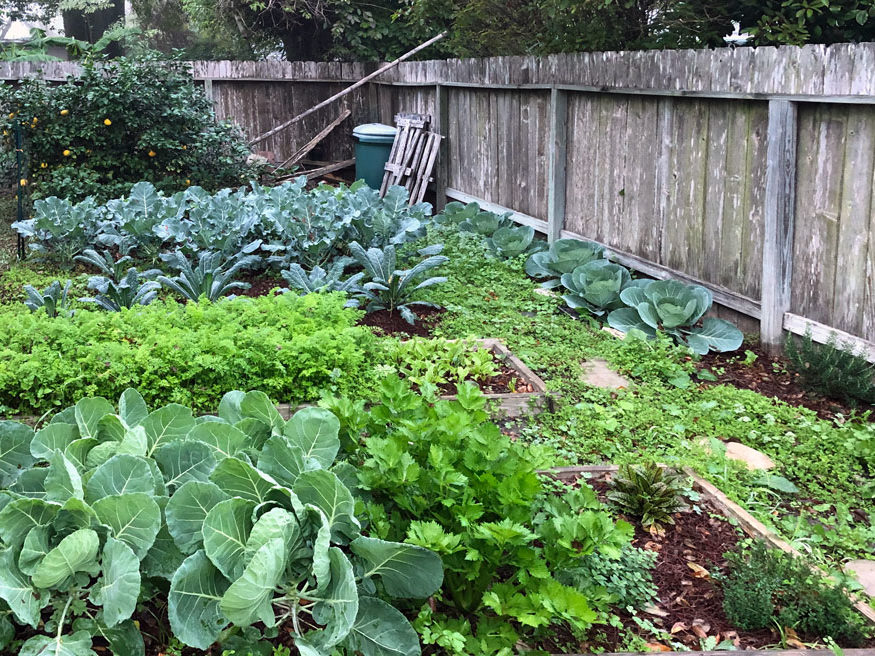
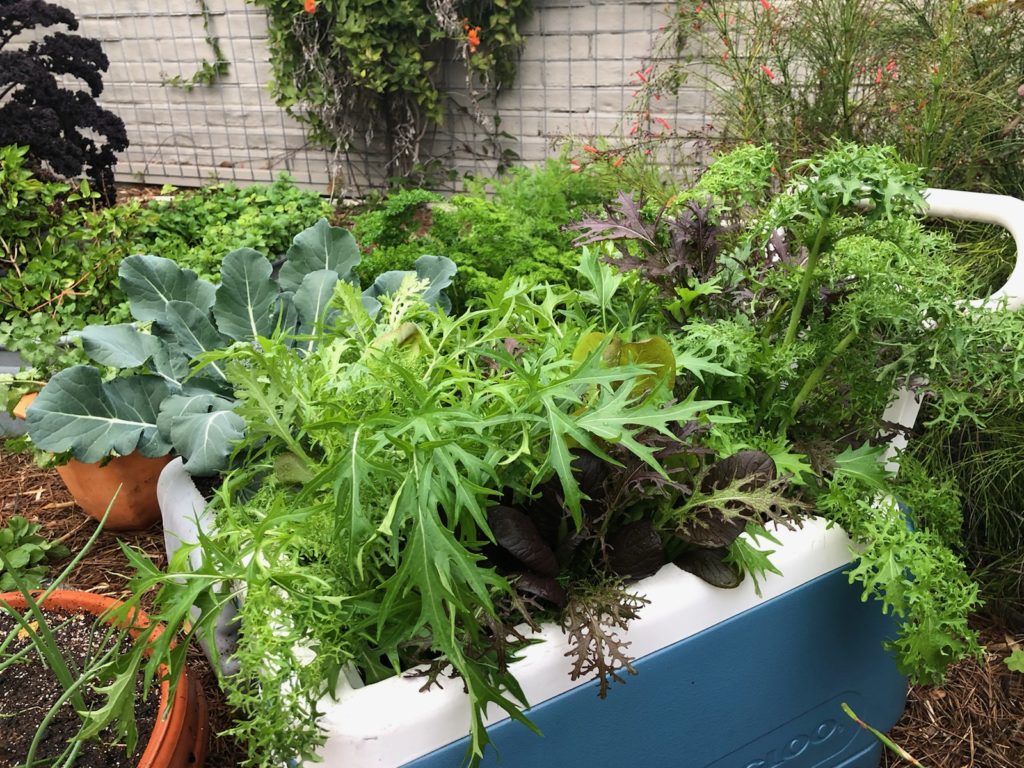
It’s veggie time – start by thinking about what you like to eat! You can produce a surprising amount of food for you and food to share in a small backyard (or front yard) garden. If you have limited space, containers or small raised beds are great. Watch James’ guide to container gardening – Grow Food Everywhere! Consider mixing Fall flowers like Marigolds, Lobelia, or Violas with your herbs and veggies.
Start Your Seeds!
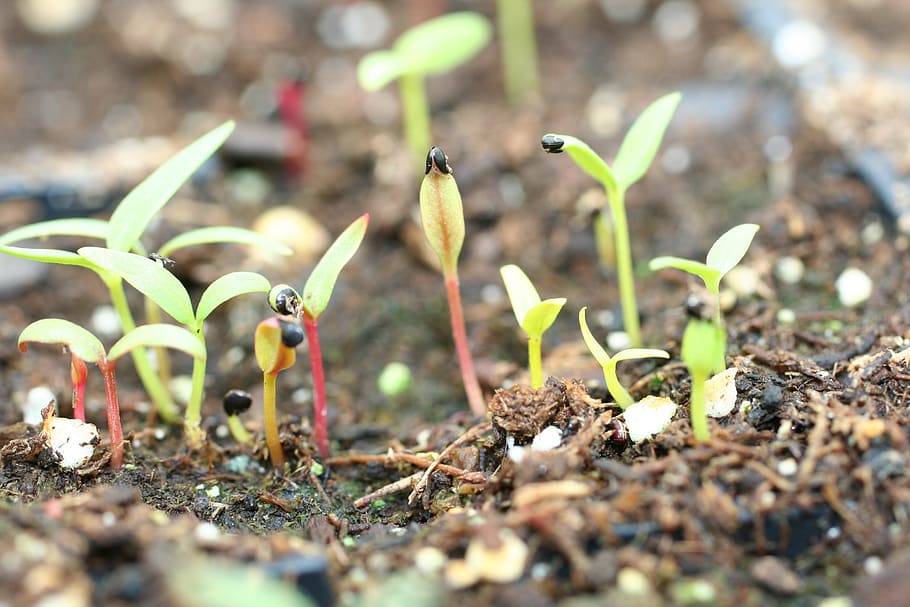
If you’re starting from scratch (seed), right now is the time to start cabbage, squash, beans, and lots of others. Here’s our schedule for popular Fall veggie seeds. Also, check out Wyatt’s video demo about starting seeds – it’s not the only way, but it really helps with germination. If you prefer transplanting, we’ll start getting all our Fall veggie plants in the next week or 2. Our Texas growers have been prepping for a big Fall.
Clear out Weeds and Tired Plants

As our Summer veggies and cover crops finish their life cycle, harvest what you can and clean out the rest. When you start prepping your soil for new plants, you’ll be encouraging new growth, including weeds. So, take your time pulling weeds and get as many of the roots as you can.
Prep Your Soil
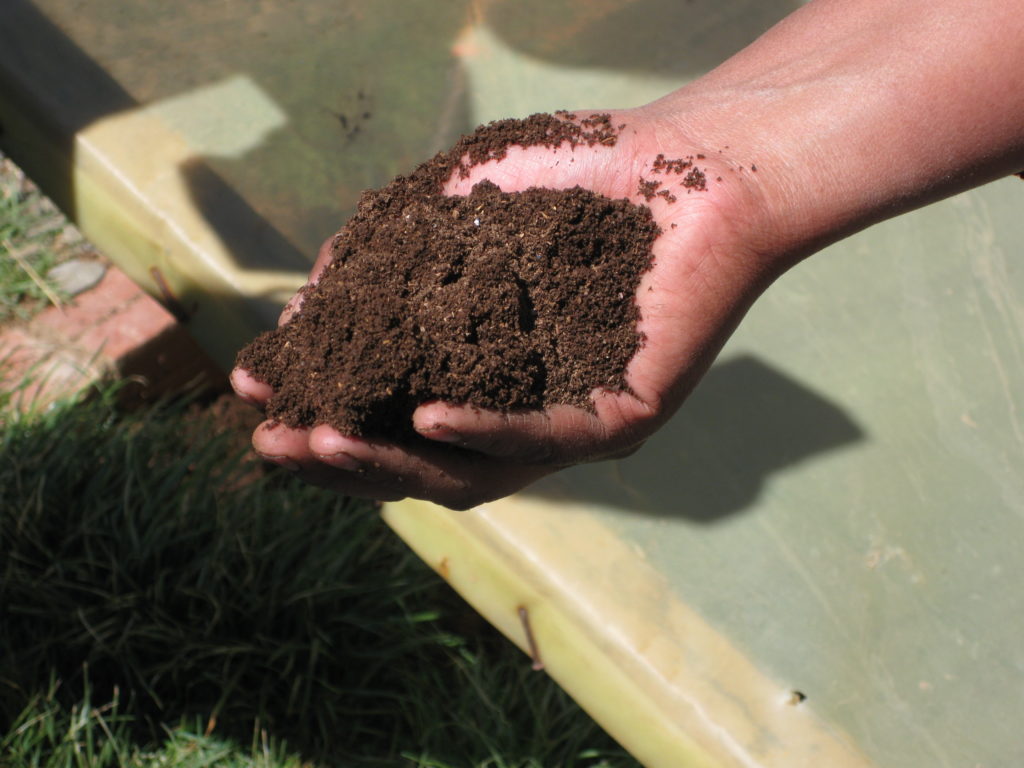
If you’re planting in the ground, your soil needs a good turning before planting. This is a good time to add some compost as well. By turning about 1 bag of Nature’s Blend compost into every 12 sq. ft. of soil (or a similar amount if you make your own compost), you create a perfect environment for young plant roots to take hold. If you’re prepping raised beds, we love Gardener’s Magic soil. It’s specially formulated for raised beds; just dump the bags in and start planting.
Think Trees Too
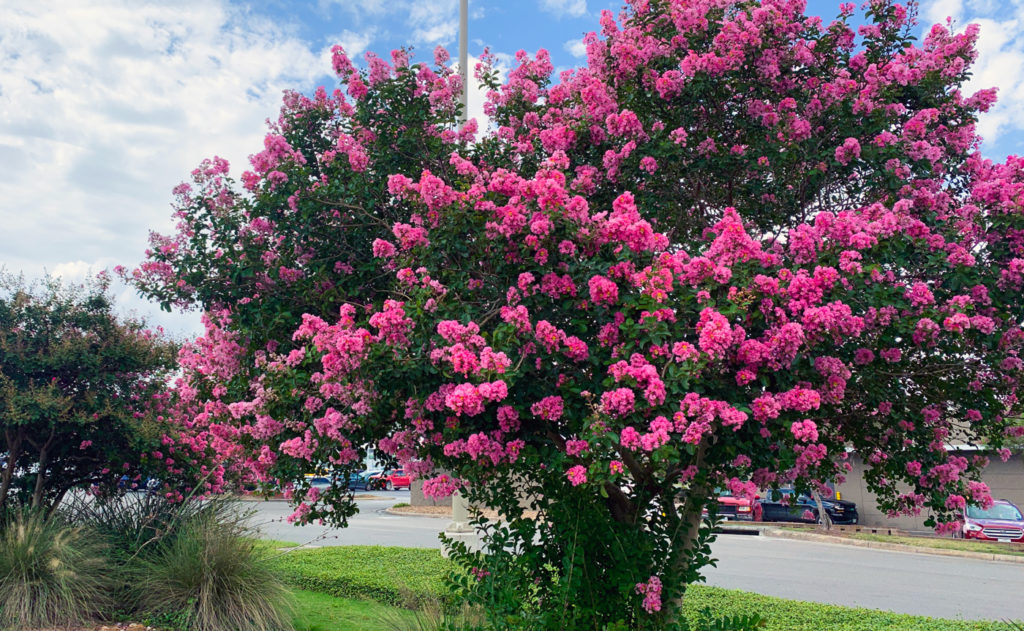
Fall is THE best time to plant trees in our area. Cooler temps mean less watering for you and less stress on the young tree. Planting in Fall also gives the tree roots plenty of time to get established before temps warm up again next Spring/Summer. New citrus and fruit trees have arrived this week, and lots of our South Texas favs like Cedar Elm, Live Oak, and Crape Myrtles are here with more en route. Check out Josh’s citrus planting demo – lots of these planting tips are great for all kinds of trees.


